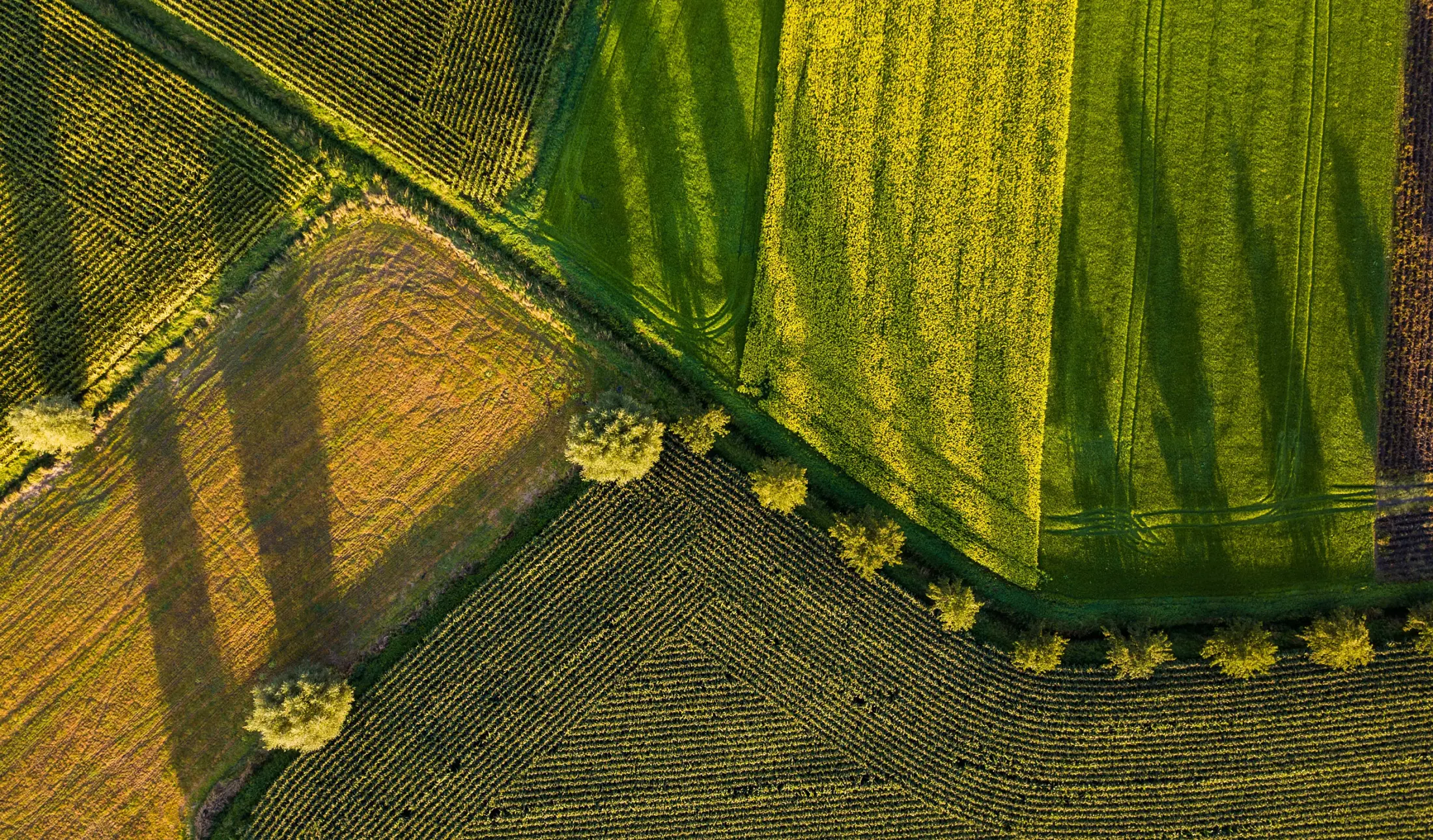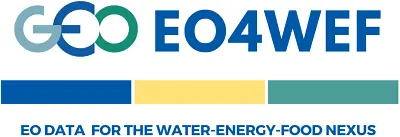The Challenge
There is a need to harmonize plans for the water, food, and energy resources to optimize productivity and profitability, reduce environmental impacts, and enhance long-term sustainability in these three sectors.
The Solution
The long-term vision of this pilot initiative is to address this WEF Nexus challenge through more comprehensive and effective services arising from the application of Earth observations in combination with models, and technologies. To maximize the benefits of these services, it is important to integrate them to ensure that the services and their benefits support the three sectors of concern, particularly in the issues where they interact.
To achieve this vision the following projects and services are under development:
Irrigation scheduling to provide effective use of water resources under drought and climate changes. These services are being provided for farmers on individual farms, mostly for model validation and calibration. Based on these results a national irrigation information service is being developed for Sweden. This approach tracks the use of water and energy in the process, and crops yield response to water applied.
The SnowSAT project measures snow accumulation and its contribution to the runoff from mountainous areas for hydropower production. Manual and automated measurements are used to train AI algorithms for improving Earth observation products.
Advisory service for resilience for the FEW Nexus Outputs from the C-FEWS model for the Northeastern and midwestern USA to assess how the FEW Nexus will be impacted by climate change. Advisory services based on the model outputs will indicate which aspects of the FEW is most vulnerable to climate change and how building resilience to mitigate the effects of climate change will have the greatest impact.
Technological developments leading to more efficient solar energy production over croplands using the concept of agrivoltaics, which involves the dual use of land for solar electricity production and crop production. Currently technologies are being evaluated using Earth observations.
A “one-stop” information system is in its very early stages of development for farmers and others in a specific basin for information needed for WEF-related decisions using satellite data and other earth observations. Potential users in the Red River Basin of the North are being consulted about their needs from information and several existing regional information platforms are being identified and evaluated.
Technical Products and services (Developed):
Outputs and services from this system are being used in Sweden by farmers with irrigation systems. Consideration is being given to changes needed to make this a national system.
To date, the services that have been developed range from those already in use by a set of users, prototypes at the research stage, and under development.
In the SnowSAT project, manual and automated measurements of the snowpack in the mountains in northern Sweden are carried out to develop a heterogeneous dataset for improving current Earth observation products and develop new prototype for snow monitoring by AI algorithms. The aim of the project is provide a more accurate depiction of snow availability to improve hydropower planst management and avoid spilling water during melt periods.
The efficiency of agrivoltaic systems are being evaluated to determine which configuration is optimal in terms of shading produced and the effects on microclimate and crop production. Remote sensing data have been used for solar radiation to better assess the diffuse component of the photosynthetically active radiation and its impacts on crop productivity. Currently remote sensing data related to soil moisture is used to validate the modelled soil moisture and provide a more accurate spatially explicit soil moisture distribution.
The irrigation scheduling system which has been developed for Sweden is being used to assess the effects of irrigation on water and energy use and the effects of irrigation scheduling for crop yield and water use. Irrigation is not currently used extensively in Sweden but investment in irrigation systems are increasing due to the more frequent occurrence of dry summers in the last decade and the likelihood that climate changes will accelerate this trend.
The CFEWS model has been developed to analyze the impacts of climate extremes on the capacity of the Food-Energy-Water systems in the Northeastern and Midwestern USA and to determine how these function will change under changing climatic, environmental, technology and management transformations today and into the future. Advisory services to promote resilience in the light of these changes are also being developed.
Some results from the C-FEWS model are in the process of being published and are being used in prototype advisory serves which promote green solutions. Information from this model is used to provide advice on the mix of grey and green (natural capital) infrastructure which is best suited to meeting present and future needs.
A special issue in Frontiers Journal on building resilience on the FEW Nexus is being finalized. It will contain at least 24 contributions outlining how more resilience can be built into the Food-Energy-Water Nexus infrastructure and related activities recognizing changes expected based on the C-FEWS and other models using data derived in part from remote sensing information.

















